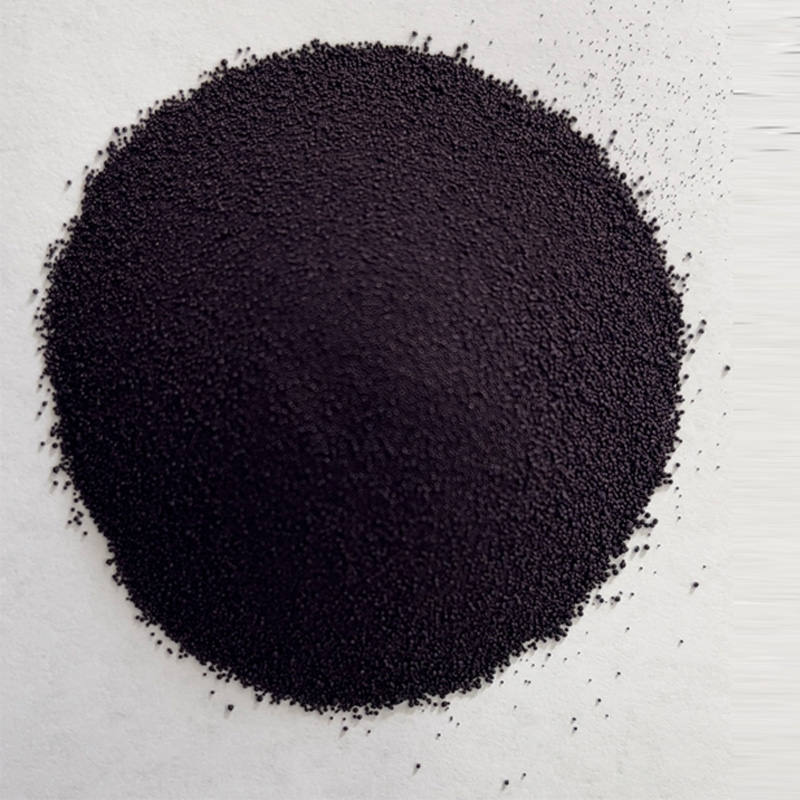blue dye natural manufacturer
The Rise of Natural Blue Dye Manufacturers
In recent years, the demand for natural dyes in the textile and cosmetic industries has surged, driven by an increasing awareness of environmental issues, sustainability, and consumer preferences for eco-friendly products. Among the various colors sought after, blue dye holds a special place, revered for its beauty and versatility. As concerns about synthetic dyes and their ecological impacts grow, the market for natural blue dyes has expanded, leading to the emergence of dedicated natural blue dye manufacturers.
Historical Context of Blue Dyes
Historically, blue dyes have been derived from various natural sources. The ancient Egyptians used indigo, sourced from the plant Indigofera, whereas the Maya civilization cultivated the indigo plant to create their famed blue textile dye. These traditional methods demonstrate the significance and cultural value of blue dyes throughout history. However, the industrial revolution led to the rise of synthetic dyes, which were easier and cheaper to produce. While synthetic dyes offered consistency and a broader range of colors, they often came with significant environmental and health concerns, prompting a resurgence of interest in natural alternatives.
The Shift Towards Natural Blue Dyes
Over the last few decades, there has been a noticeable shift in consumer behavior, with more individuals opting for products made with natural ingredients. This trend has spurred innovation in the realm of natural blue dye manufacturing. Today, manufacturers have begun exploring various plants, including indigo, woad, and even some species of blue flowers, to develop sustainable blue dye solutions.
Indigo, in particular, has made a significant comeback. Though it has been utilized for thousands of years, recent advancements in extraction and production methods have allowed manufacturers to produce indigo dye more sustainably. Moreover, companies are increasingly adopting organic farming practices to ensure their raw materials are grown without harmful pesticides or chemicals, further enhancing the appeal of natural blue dyes.
Key Players in the Market
Several manufacturers have emerged as leaders in the field of natural blue dye production. These companies focus on the entire supply chain, from sourcing high-quality plants to developing eco-friendly dyeing processes. Notable brands prioritize transparency, providing detailed information about their sourcing practices and the environmental impact of their products.
blue dye natural manufacturer

Some manufacturers have even taken steps to integrate community engagement into their operations, working with local farmers to cultivate the plants used in their dyes. This not only supports local economies but also fosters a more sustainable agricultural model, helping to combat issues such as over-farming and soil depletion.
The Benefits of Natural Blue Dyes
Natural blue dyes offer numerous benefits, both for the environment and consumer health. Unlike synthetic dyes, which may contain toxic chemicals and heavy metals, natural dyes are biodegradable and non-toxic, making them safer for both consumers and the planet. Additionally, the unique variations found in natural dyes provide a rich depth of color that is often difficult to achieve with synthetic alternatives.
The fashion industry, in particular, stands to gain from adopting natural blue dyes, as sustainability becomes a more prominent theme. Many designers and brands now emphasize the importance of using natural dyes in their collections, drawing attention to the importance of ethical and sustainable practices in fashion. By choosing natural dyes, brands not only reduce their ecological footprint but also appeal to consumers who prioritize sustainability in their purchasing decisions.
Challenges Ahead
Despite the benefits, the natural blue dye industry faces several challenges. The process of extracting and producing natural dyes can be labor-intensive and costly compared to synthetics, which may deter some manufacturers from making the switch. Additionally, inconsistent color results due to variations in plant sources can be a concern for textile manufacturers seeking uniformity.
To mitigate these challenges, continued investment in research and development is essential. Innovations in extraction methods, along with advancements in dyeing techniques, can help reduce costs and improve color consistency. Collaboration among manufacturers, designers, and consumers will further enhance the growth of the natural blue dye market.
Conclusion
As the world becomes more aware of the importance of sustainable practices, the demand for natural blue dyes is expected to continue its upward trajectory. Manufacturers embracing eco-friendly practices and traditional techniques will play a pivotal role in shaping the future of the textile and cosmetic industries. By supporting natural blue dye manufacturers, consumers are not only choosing products that are kinder to the environment but also preserving a rich historical legacy of crafting beautiful, vivid colors from nature.
-
The Timeless Art of Denim Indigo Dye
NewsJul.01,2025
-
The Rise of Sulfur Dyed Denim
NewsJul.01,2025
-
The Rich Revival of the Best Indigo Dye
NewsJul.01,2025
-
The Enduring Strength of Sulphur Black
NewsJul.01,2025
-
The Ancient Art of Chinese Indigo Dye
NewsJul.01,2025
-
Industry Power of Indigo
NewsJul.01,2025
-
Black Sulfur is Leading the Next Wave
NewsJul.01,2025

Sulphur Black
1.Name: sulphur black; Sulfur Black; Sulphur Black 1;
2.Structure formula:
3.Molecule formula: C6H4N2O5
4.CAS No.: 1326-82-5
5.HS code: 32041911
6.Product specification:Appearance:black phosphorus flakes; black liquid

Bromo Indigo; Vat Bromo-Indigo; C.I.Vat Blue 5
1.Name: Bromo indigo; Vat bromo-indigo; C.I.Vat blue 5;
2.Structure formula:
3.Molecule formula: C16H6Br4N2O2
4.CAS No.: 2475-31-2
5.HS code: 3204151000 6.Major usage and instruction: Be mainly used to dye cotton fabrics.

Indigo Blue Vat Blue
1.Name: indigo blue,vat blue 1,
2.Structure formula:
3.Molecule formula: C16H10N2O2
4.. CAS No.: 482-89-3
5.Molecule weight: 262.62
6.HS code: 3204151000
7.Major usage and instruction: Be mainly used to dye cotton fabrics.

